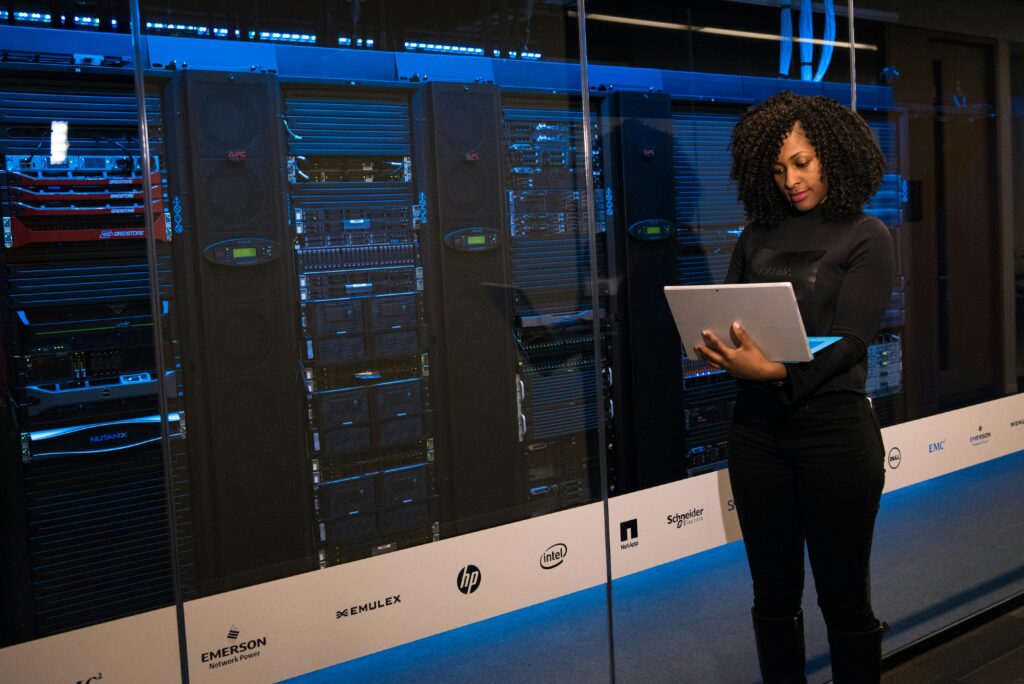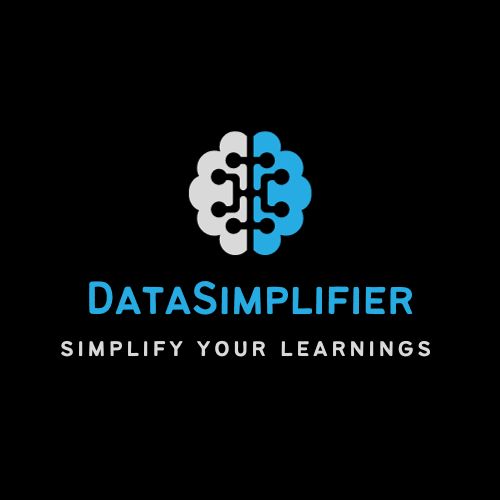Introduction
The requirement for data scientists has skyrocketed. As companies worldwide become more aware of the importance of data-driven insights, the job of a data scientist is one of the most in-demand career options in technology today. But what does it really take to make it in this field? For aspiring data scientists, mastering a set of crucial skills is essential for building a successful career in data science.(Data Science Skills)

The guide goes further in establishing the overall roadmap to the essential experience and education required by the modern-day data scientist. Whether you are an Indian student looking forward to entering the field or a professional seeking a career switch, this post will cover all the technical as well as soft skills you would need to succeed in today’s competitive data science job market. Data science therefore acts as a solid base for unlocking different avenues-to-be-covered-by-including machine learning engineering and big data analysis to data strategy and artificial intelligence research.
From programming languages to machine learning algorithms, and from critical thinking to effective communication, it’s indeed exciting yet challenging to be a data scientist. So, let’s dive deep into details regarding each skill-this guide has everything you need to start building your data science career today!
Core Technical Skills for Data Scientists
Programming Languages
Programming is one of the most fundamental requirements of a data scientist. Two languages are primarily used in data science: Python and R, though Python is generally considered the industry standard to use as it is versatile, easy to understand, and it incorporates several libraries and frameworks such as NumPy for numerical computing, Pandas for data manipulation, and Scikit-Learn for machine learning, which have enabled data scientists to conduct profound analysis and build intricate models.
Besides Python, R is so precious for its capabilities in statistical analysis. Data scientists often rely on R for handling big data sets that demand complex analysis or a specific kind of statistical function to be performed. SQL (Structured Query Language) is the other powerful language which controls and retrieves data from databases, thereby enabling one to draw data to work practically with it. Julia and SAS are also excellent languages for particular jobs, those requiring really fast computation or sophisticated statistical modeling.(Data Science Skills)
Example: You’re going to be analyzing customer purchase data. You can download and clean the data using Python, execute exploratory analyses to find patterns, and build a predictive model that predicts customer behavior. SQL will probably come in handy when you grab data out of some relational database before you start the analysis.
Statistics and Probability
Statistics lies at the core of any data science. It enables a data scientist to make informed decisions from data, draw trends, and validate assumptions. These are more significant in extracting meaningful insights from the data: basic probability distributions, hypothesis testing, and statistical significance.

Data scientists use statistics to conduct tasks, including A/B testing for comparing versions of the product, hypothesis testing for business recommendations, and computing statistical significance to draw accurate conclusions. Bayesian statistics is on the upsurge in data science for the purpose of modeling uncertainties and predicting updated data given new data.(Data Science Skills)
Example: A data scientist analyzing customer feedback may use hypothesis testing to determine whether a change in customer satisfaction is meaningful or merely based on random chance, which might further inform decisions.
Machine Learning Algorithms
Machine learning (ML) is the core area in data science specifically focused on building predictive models. Knowledge of multiple ML algorithms ranging from the simplest linear regression to complex neural networks can empower a data scientist to apply the suitable techniques toward different problems. Some common ML algorithms include linear and logistic regression, decision trees, k-means clustering, and support vector machines; each is used for different purposes-for example, for classification of data, clustering, or prediction of continuous values.
A subset of machine learning, deep learning focuses on neural networks and is particularly powerful in the areas of image and speech recognition. So, in the case of projects that involve sophisticated natural language processing or recommendation systems, deep learning becomes necessary for data scientists. ML algorithms will only perform optimally if given proper data preprocessing and feature engineering of data, making these skills equally as useful.
Example: Consider a task of predicting customer churn. Using logistic regression, one would build a model that pays most attention to why the customers actually churned. Plugging in suitable information (customer demographics, purchase history, for example), the model can predict who is more likely to churn and why.(Data Science Skills)
Data Wrangling and Cleaning
Real-world data is never readily available for analysis. Raw data is known as data wrangling or data cleaning wherein raw data is transformed into a structured format to enable its analysis. Data scientists often stumble upon issues of missing values, outliers, and inconsistency in the data, which should be resolved before the data is forwarded for analysis or modeling.

Data wrangling tools, such as Pandas for Python and SQL, are useful tools to clean and transform data very efficiently. In fact, the steps involved in cleaning data include discovering and dealing with missing data, eliminating duplicates, and combining files from multiple sources. Data cleaning must be up to a good standard to ensure accuracy in data, which is vital for reliable models and sound decisions.(Data Science Skills)
For instance, you may be cleaning data from sales in various branches, and you find incomplete records in revenues or dates not in a consistent format. Data wrangling enables one to clean up such anomalies, leaving one with a clean and reliable data set.
Key Soft Skills for Data Scientists
Critical Thinking and Problem Solving
By solving problems, data science solves them through data. By applying critical thinking, the data scientist becomes better informed about the problem, questions assumptions, and continues thinking analytically to get to the end, and that is how creative solutions appear when dealing with complex data.
For example, imagine a data scientist who is mandated with the task of identifying why website traffic has plummeted overnight. Variables that should be analyzed include user demographics, source of traffic, and time spent on site. It is what gives one the edge to identify the core cause. Such an analytical mindset will be crucial in pointing out the solutions based on data-driven evidence.(Data Science Skills)
Communication Skills
Great strength is that data scientists have to relate complex insights into workable recommendations for non-technical stakeholders. Data scientists usually work with business executives, marketers, and other types of audiences without technical backgrounds, so it goes without saying that they need to communicate the findings of data in some appropriate form of simple language. Storytelling can be helped by making use of visuals and simplifying complex jargon.(Data Science Skills)
For example, from analysis of customer satisfaction scores, a data scientist would most likely identify a few key areas where the services need improvement. This makes it easier to present to the marketing team and allows informed choices on customer outreach strategy.
Team Collaboration
Traditionally, the data science project often involves cross-functional teams of engineers, product managers, and business analysts. His or her ability to collaborate with team members will ensure that his or her insights and recommendations help achieve broader business objectives. The more collaborative a data scientist is, the easier it will be for him or her to understand what exactly each department wants and offer more impactful analyses.(Data Science Skills)
Example: A data scientist working on a product recommendation engine might interface with engineers and product managers to ensure that the model has a very smooth interface with the application in question, thus making it an unobtrusive experience to a user.
Education and Experience
Education
Formal degree in any of these disciplines- computer science, data science, or statistics – is typically required for these positions. Given appropriate analytic skills, along with adequate technical training in a graduate program focused in data science, appropriate degrees in math, economics, and engineering would have been sufficient.(Data Science Skills)
Data scientists can be PhD holders in a relevant area, especially for research-based roles or more advanced positions in machine learning, but most data scientists can be very successful with only a bachelor’s degree combined with practical experience, and data science should be accessible to motivated learners with the right data science skills.
Example: a data scientist holder of a bachelors in statistics will, therefore have strong analytical skills in hypothesis testing and statistical modeling that can be applied in the finance or marketing work.

Certifications and Courses
Today, certification in the virtual field has become a trendy way or addition to conventional education. For example, on Coursera, DataCamp, or edX, a certificate indicates that an individual has proficiency in programming, machine learning, or data analysis. Specialized certificates-the IBM Data Science Professional Certificate, Google’s TensorFlow Developer Certificate, or Microsoft’s Data Science Certification-speak to a data scientist’s skills to potential employers.
Enrolling in a course on machine learning in Coursera would teach him or her how algorithms such as decision trees and neural networks work, giving them a practical form of knowledge that would be applied in projects.
Practical Experience
Practical experience is invaluable. Real data science projects allow a data scientist to apply his or her learning in real business scenarios. Many students developing their careers as data scientists build portfolios of projects to show their skills to the employer. Further, competitions in data science on Kaggle expose them to real-world datasets and problem-solving challenges in a competitive environment.
For instance, an internship may include analysis of sales data to make better predictive models with the objective of improving sales forecasting. This will enable a student to apply theoretical knowledge while building relevant industry-related skills.
Conclusion
To put it simply, becoming a data scientist (Data Science Skills) requires mastery over the interplay between technical skills and soft skills. Technical skills, including programming, statistics, and machine learning, are the real foundation of data science, while soft skills, such as critical thinking and communication, enable the actual driving of impact within an organization.
If you’re interested in data science, start by building your foundation in programming and statistics. Check online courses, practice by working.
Join our Telegram Channel for more best updates on the go
Share the post with your friends

1 thought on “Top Data Science Skills You Need for a Thriving Career as a Best Data Scientist”